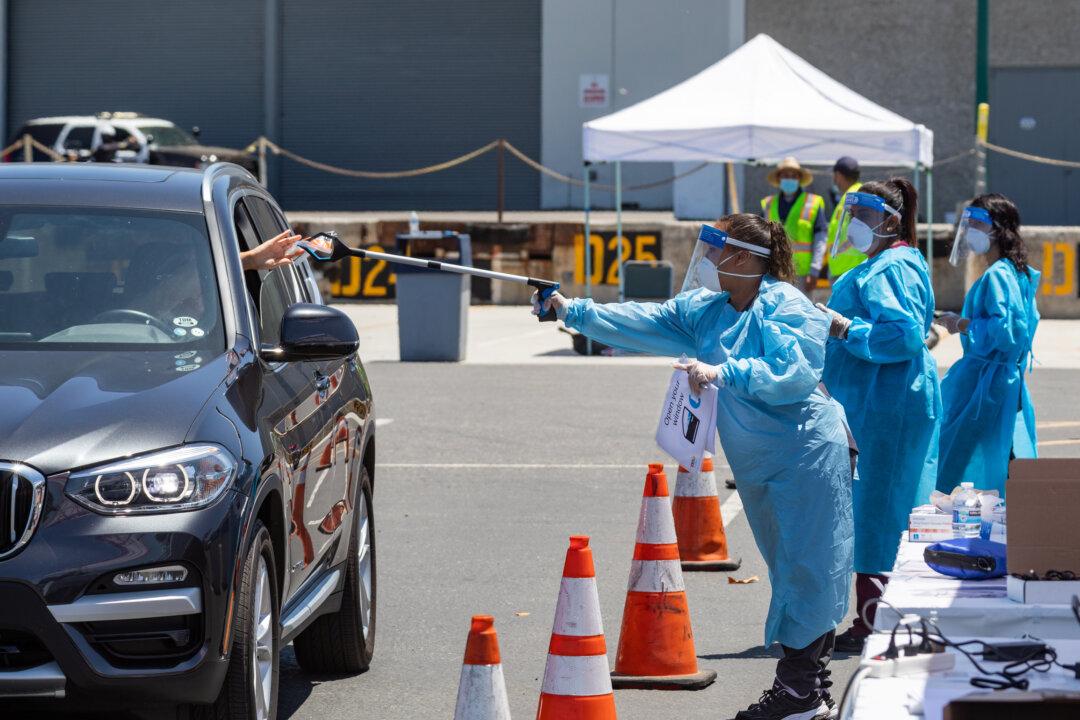SANTA ANA, Calif. (CNS)—Orange County’s run in the COVID-19 red tier ended Nov. 16 with a lapse back into the most-restrictive purple tier of California’s four-tier reopening roadmap.
Orange County—which has seen a big spike in new cases along with the rest of the state—joined 28 other counties with a jump back into the purple tier.





